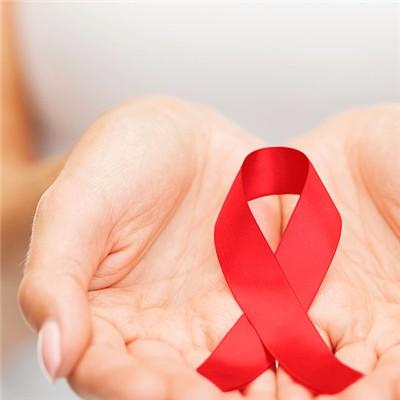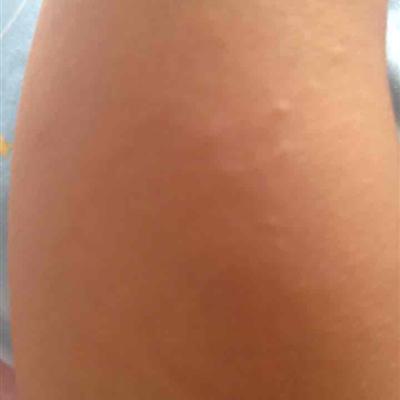What symptom can human infection Streptococcus suis have
summary
Streptococcus suis infection in human needs to be treated in time, especially in the early stage, the cure rate is quite high, so it is very important to understand the symptoms. Let's take a look at the symptoms of Streptococcus suis infection.
What symptom can human infection Streptococcus suis have
First of all: the onset of common type is more acute, chilly, fever with general discomfort, anorexia, headache, body pain, muscle soreness, abdominal pain, diarrhea, body temperature is more than 38 ℃, high can reach 40 ℃, dizziness, fatigue is obvious, but the patient will not have shock, coma and other symptoms.

Secondly, meningitis or meningoencephalitis is the most common clinical type. Acute onset, fever, chills, general discomfort, fatigue, headache, dizziness, nausea, vomiting (often jet vomiting), severe cases may appear coma. Patients often have obvious headache after fever, accompanied by vomiting and disturbance of consciousness, and positive meningeal irritation sign. Encephalitis patients often have hearing impairment (about 30% or higher), most of them are hearing loss, and a few patients may lose hearing. Some patients may have peripheral facial paralysis and diplopia. Meningitis patients often accompanied with herpes, some patients with suppurative arthritis, a small number of uveitis, endophthalmitis and so on.

Finally: shock type patients are very acute onset, often occur in slaughtered sick / dead pigs and hand skin damage, more in 1 day after slaughter, fast 2-3 hours, slow 13-16 hours. The symptoms included acute chills or chills, high fever, dyspnea, palpitation, nausea, vomiting, abdominal pain, diarrhea, cold limbs, pale complexion, cyanosis of lips, dizziness or consciousness change, decreased blood pressure, reduced pulse pressure difference, oliguria and other shock manifestations (i.e. streptococcal toxic shock syndrome) within a few hours. The disease progressed rapidly and soon turned into multiple organ failure Acute heart failure, such as acute heart failure, disseminated renal failure, etc. Some patients have bleeding spots, ecchymosis spots and ecchymosis on the skin of the distal limbs, which are common on the face and limbs.

matters needing attention
For high-risk groups such as butchers, slaughterhouse workers or people who eat unclean cold / dead pork or eat raw pork balls, wash and process sick / dead pork, when similar diseases appear, they should go to the regular hospital for diagnosis and treatment in time to avoid misdiagnosis.












